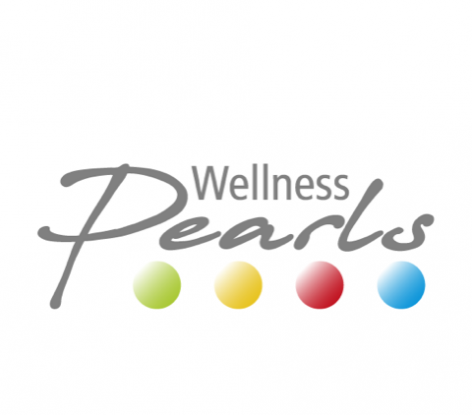Wellness dictionary
Little ABC for your spa-break questions ...
In their treatment discriptions, wellness hotels often use technical terms, which are hard to understand for potential guests. We have therefore collected and defined the most relevant terms in our small wellness ABC. A tip: Our wellness dictionary also supports word requests. You don't need to know the exact wording.
Select letters or search term:
Exfoliation
In ancient Egypt there are said to have been treatments that correspond to today's superficial exfoliation. This involves removing the top layer of skin mechanically or chemically. Depending on how aggressive and how deep the skin is treated, chemical exfoliation are called superficial, medium-deep or deep treatments.
How is a chemical exfoliation structured?
There are different types of chemical exfoliations: fruit acid peel (e.g. glycolic acid extracted from sugar cane, called AHA peel), TCA peel (trichloroacetic acid peel), salicylic acid peel, lipo-hydroxy acid (LHA peel) During chemical peeling, acids penetrate the upper skin layers to varying depths. Old flakes of skin and horny layers come off and the epidermis is stimulated to form new cells. In contrast to normal peeling, chemical peeling stimulates the formation of collagen in the deeper skin layers. Fine wrinkles are thus smoothed, pigment irregularities are evened out and the pore size is refined. By simultaneously inhibiting the growth of acne-causing bacteria, skin impurities are also improved... After a chemical peel, the skin is often slightly red and should not be exposed to direct sunlight for around three months. For this reason, a chemical peel should be carried out in winter, as the sun's rays are less intense then. After a chemical peel, the skin needs a lot of care, as it tends to redden and has pigmentation problems.
What is mechanical exfoliation?
In a mechanical exfoliation, substances such as sugar crystals or crushed or ground peach or apricot kernels are applied to the skin and sucked off again. This process removes the dead skin cells from the uppermost layer of the skin. This process is intended to reduce the depth of wrinkles, contribute to the tightening and elasticity of the skin, promote blood circulation and optimise the skin's absorption of active ingredients. The effect: softer, smoother skin. However, the skin should not be exfoliated too often, as the top layer of skin also forms a natural barrier against environmental influences. If it is removed too often, flakes form, the skin reacts irritated, becomes dry quickly and reddening of the skin occurs.
A normal exfoliation can be done once or twice a week. Afterwards, the skin should be treated with a mild, moisturising facial tonic. Afterwards, the usual care can be applied.
Related topics: AHA alpha hydroxy acid Anti Ageing Collagen Hamam Hyaluronic acid Micro Needling Microdermabrasion Grape seed oil Ultrasound treatment Vapozon Vino Therapy

